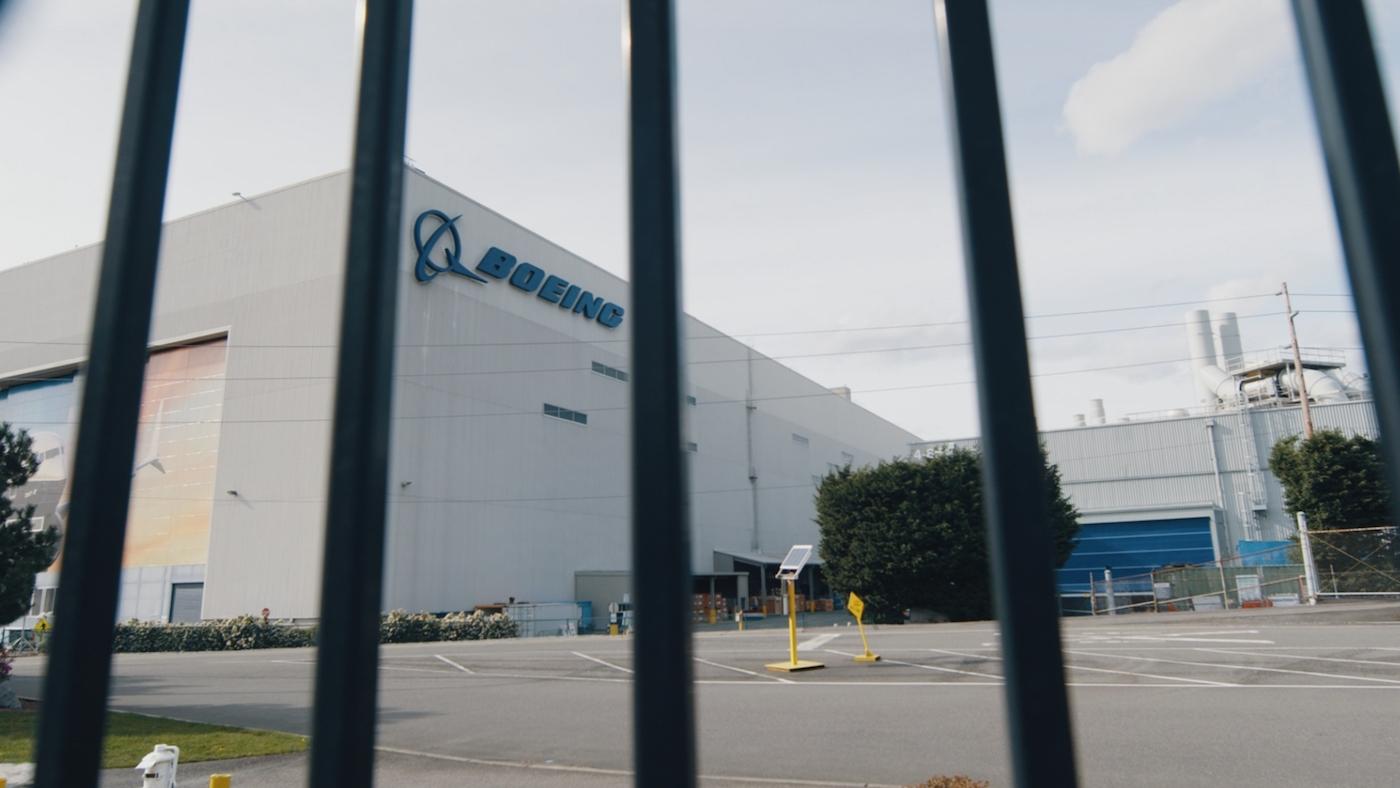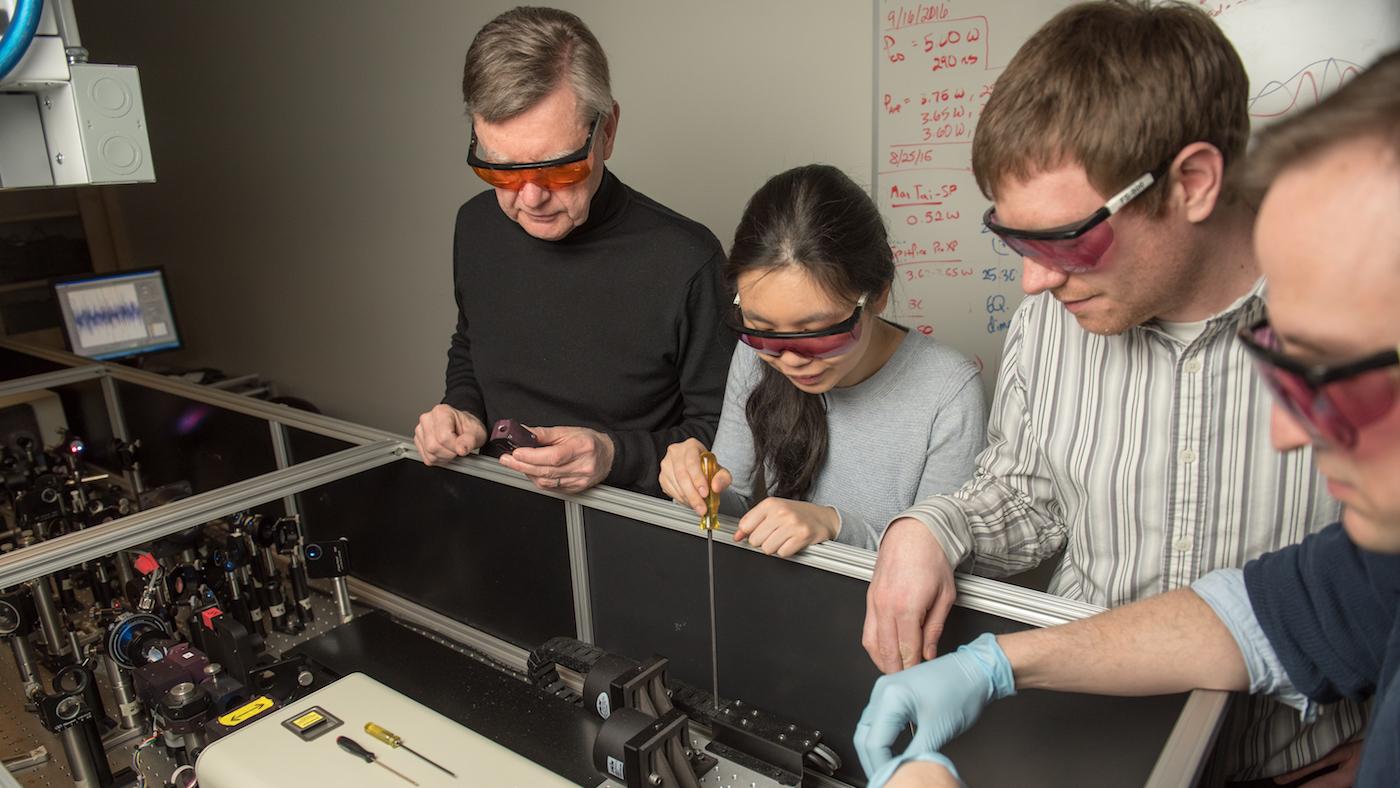The American Astronauts Who Made History and Set Records
Meredith Francis
July 29, 2019
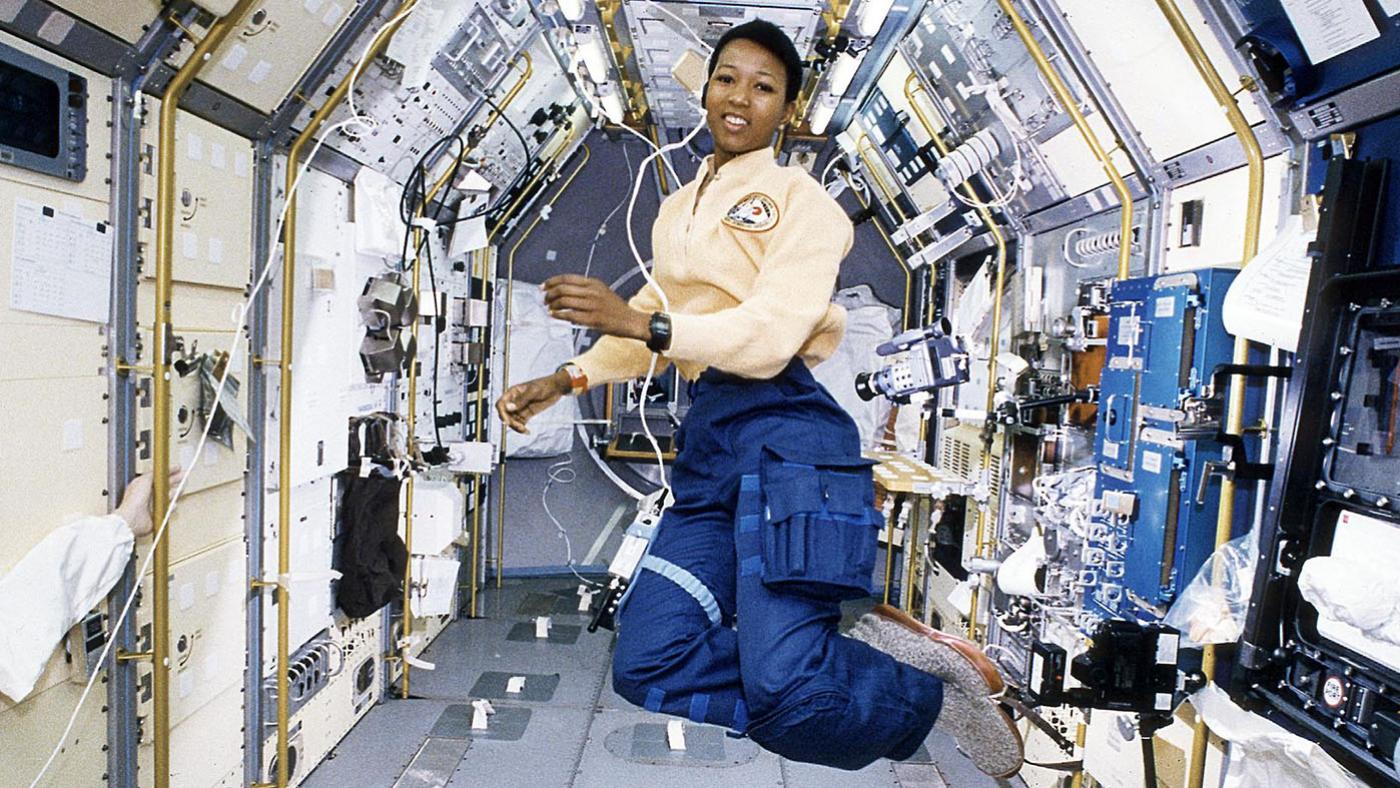
Both before and after one giant leap for mankind, American astronauts took many more steps in space exploration. More than 550 people from 36 countries have left Earth, although only 64 of them have been women. Among NASA’s most famous astronauts are Neil Armstrong and Alan Shepard, but many more Americans—and even a small chimp—have been celebrated “firsts,” record-setters, and heroes.
Ham
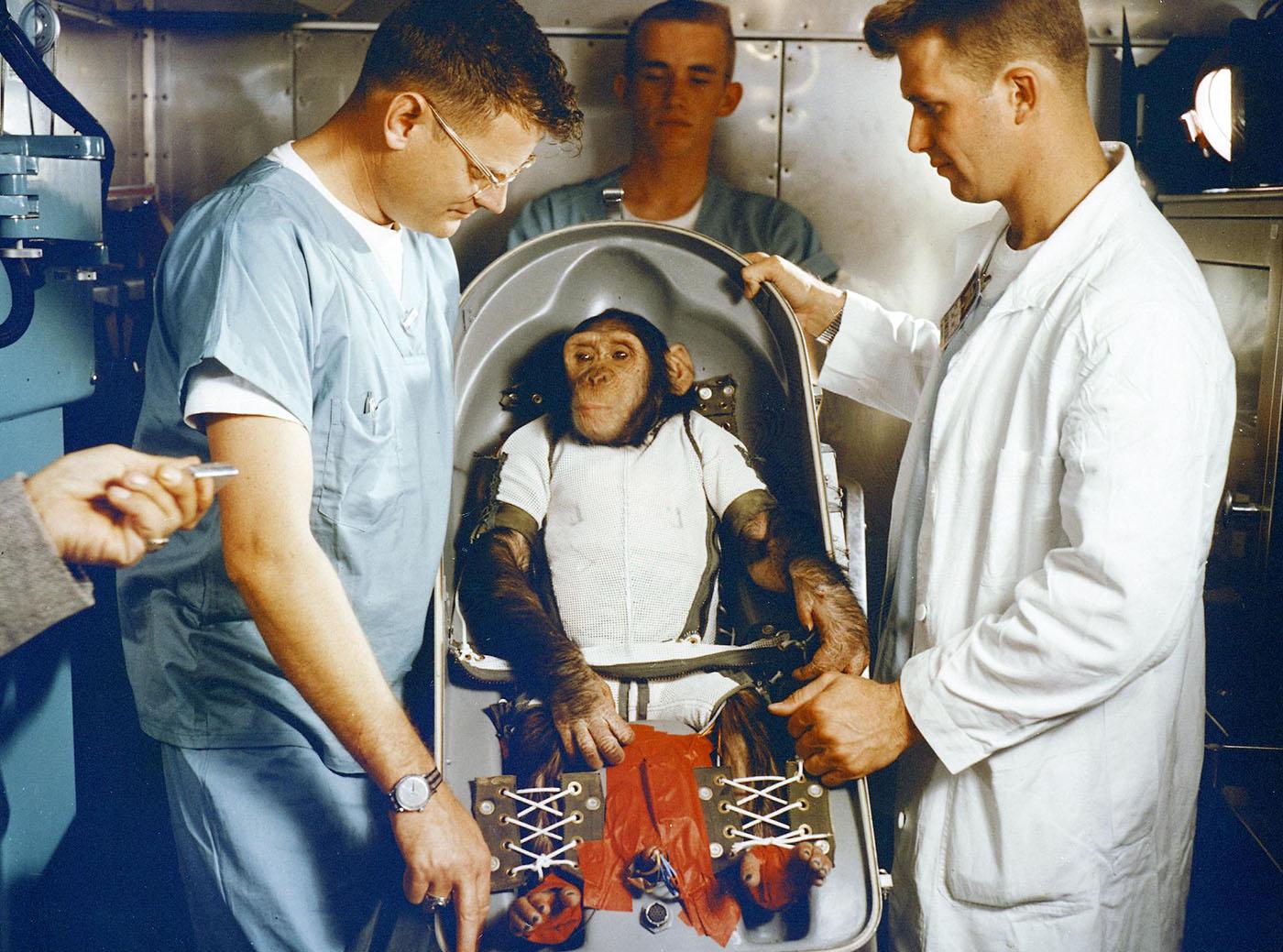 Four years after the Soviet Unions sent Laika, a small dog, into orbit, the United States sent a chimpanzee named Ham. Photo: Courtesy of NASA
Four years after the Soviet Unions sent Laika, a small dog, into orbit, the United States sent a chimpanzee named Ham. Photo: Courtesy of NASA
Though not technically human, this hominid deserves a hat-tip. In 1961, a male chimpanzee known as Ham was the first hominid sent to space. His name was an acronym for Holloman Aerospace Medical Center, the lab that got him ready for his mission. Ham was trained to push a lever after seeing a blue light to prove that human beings could perform basic tasks in orbit. He came back from his 16-minute flight mostly fine (except for a bruised nose) and lived out his retirement in zoos in Washington, D.C., and North Carolina.
John Glenn
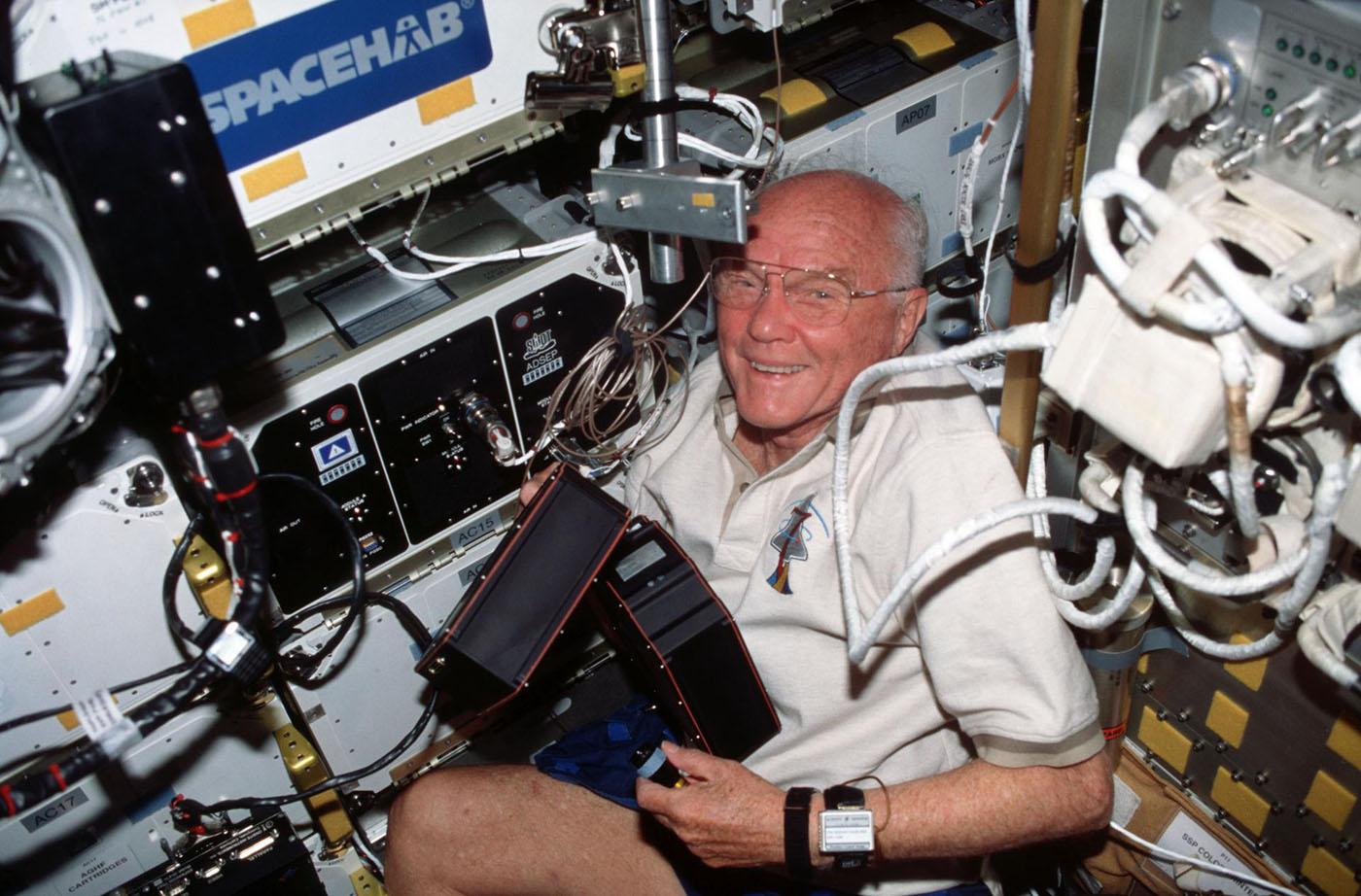 John Glenn set more than one American space record. Photo: Courtesy of NASA
John Glenn set more than one American space record. Photo: Courtesy of NASA
Many people know John Glenn as the first American to orbit the Earth in 1962. But he was also the oldest person to travel to space. At age 77, Glenn returned to orbit on the Space Shuttle Discovery in 1998 to understand how changes to a body in space are similar to aging processes on Earth. During the nine-day mission, he served as a payload specialist, participating in experiments on sleep and proteins.
Apollo 13 Crew
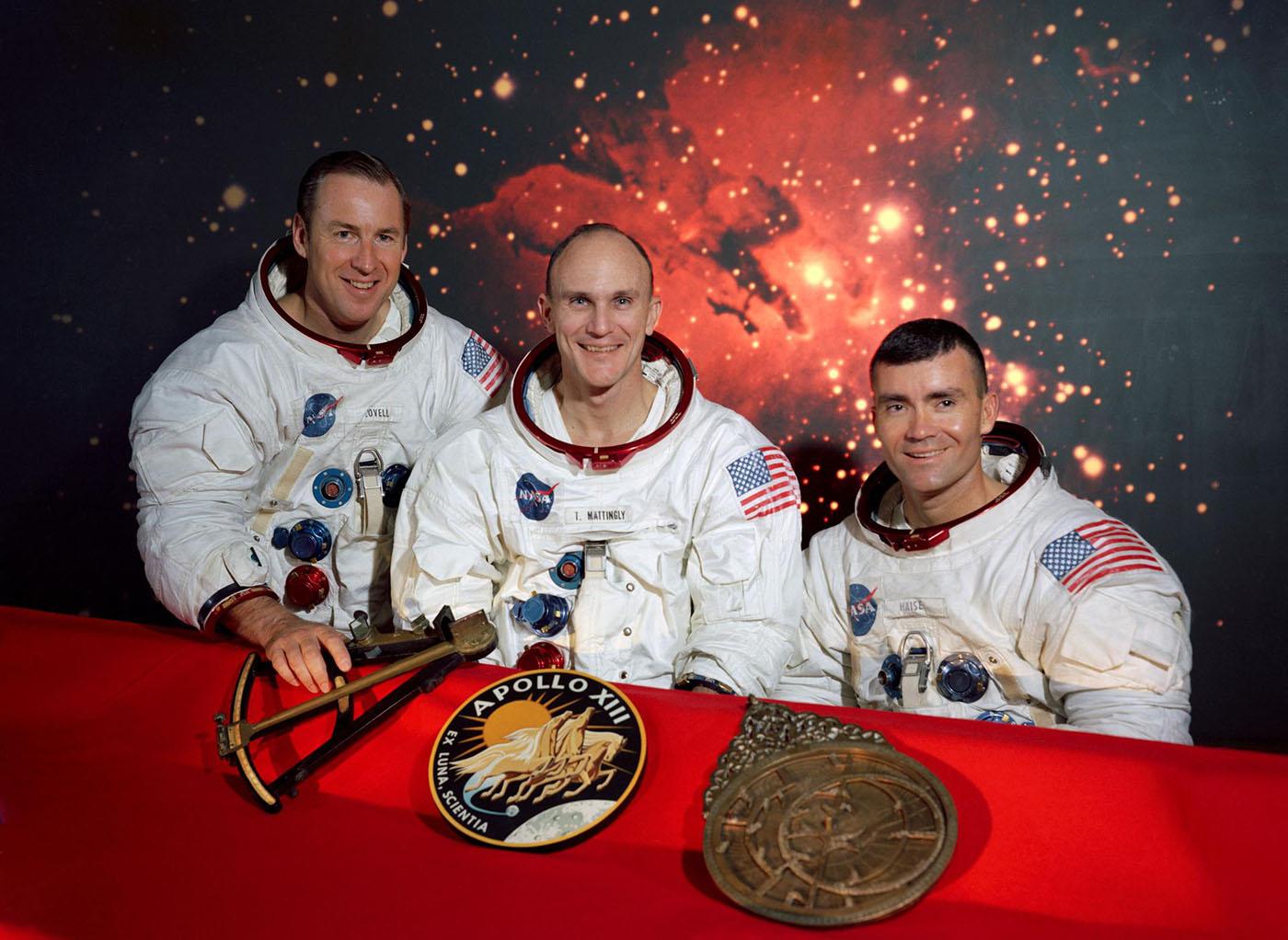 Jim Lovelll, Ken Mattingly, and Fred Haise served as the original Apollo 13 crew, though Jack Swigert (not pictured) replaced Mattingly last-minute after Mattingly was exposed to measles. Photo: Courtesy of NASA
Jim Lovelll, Ken Mattingly, and Fred Haise served as the original Apollo 13 crew, though Jack Swigert (not pictured) replaced Mattingly last-minute after Mattingly was exposed to measles. Photo: Courtesy of NASA
Despite abandoning a lunar landing after an oxygen tank exploded two days into their 1970 mission, the men aboard Apollo 13 set the record for the farthest humans have traveled from Earth. Jim Lovell, Jack Swigert, and Fred Haise had limited heat, power, and water as they swung around the far side of the moon, 248,655 miles from Earth.
Sally Ride
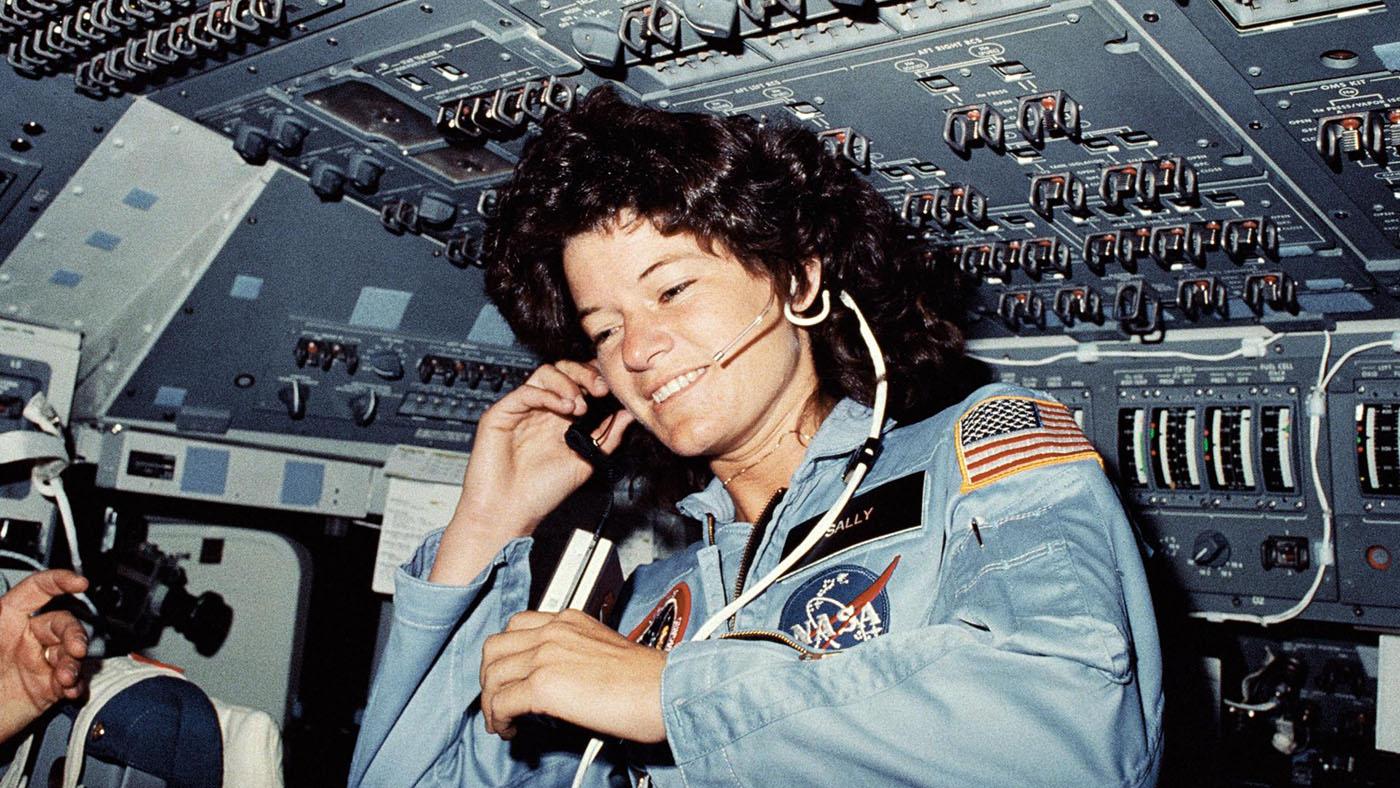 Sally Ride was the third woman in space overall, following Soviet Union cosmonauts Valentina Tereshkova and Svetlana Savitskaya in 1963. Photo: Courtesy of NASA
Sally Ride was the third woman in space overall, following Soviet Union cosmonauts Valentina Tereshkova and Svetlana Savitskaya in 1963. Photo: Courtesy of NASA
In 1983, Sally Ride became the first American woman in space. She also holds the record for the youngest American astronaut in space. At age 32, she was a crew member on the space shuttle Challenger for the STS-7 mission. She returned to space in 1984, aboard the same shuttle. She was in training for a third mission on Challenger, but it was cancelled when the shuttle broke apart during launch with a different crew in 1986, killing all seven people on board.
Guion Bluford
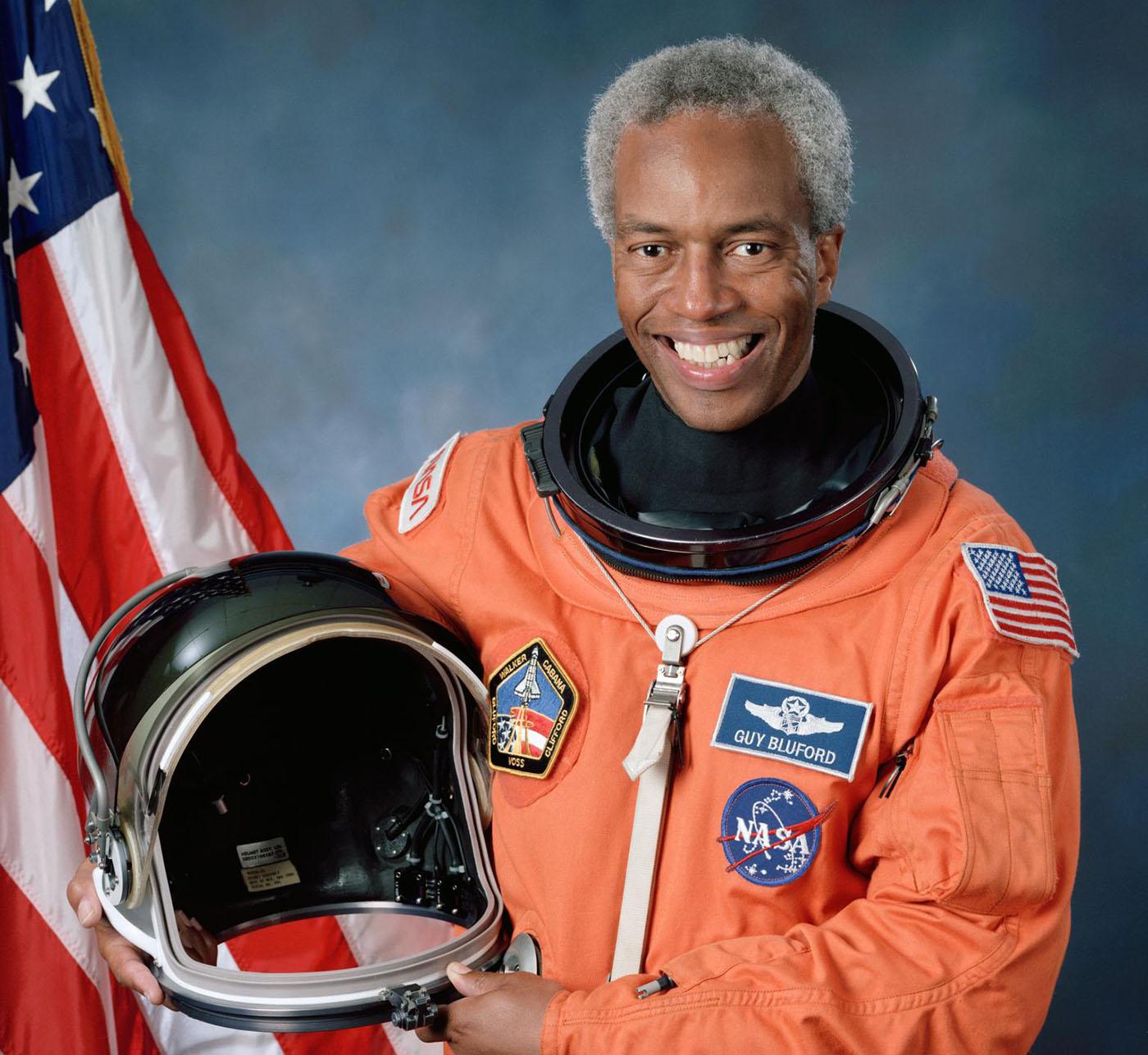 Guion Bluford, pictured here in 1992, went to NASA after serving as a Air Force fighter pilot. Photo: Courtesy of NASA
Guion Bluford, pictured here in 1992, went to NASA after serving as a Air Force fighter pilot. Photo: Courtesy of NASA
Guion Bluford made history as the first African American in space. The former Air Force fighter pilot had served in Vietnam in the mid-1960s and became an astronaut in 1979. His first mission was STS-8 on the Challenger in 1983, lasting six days. Bluford went on to complete three more shuttle missions.
Ellison Onizuka
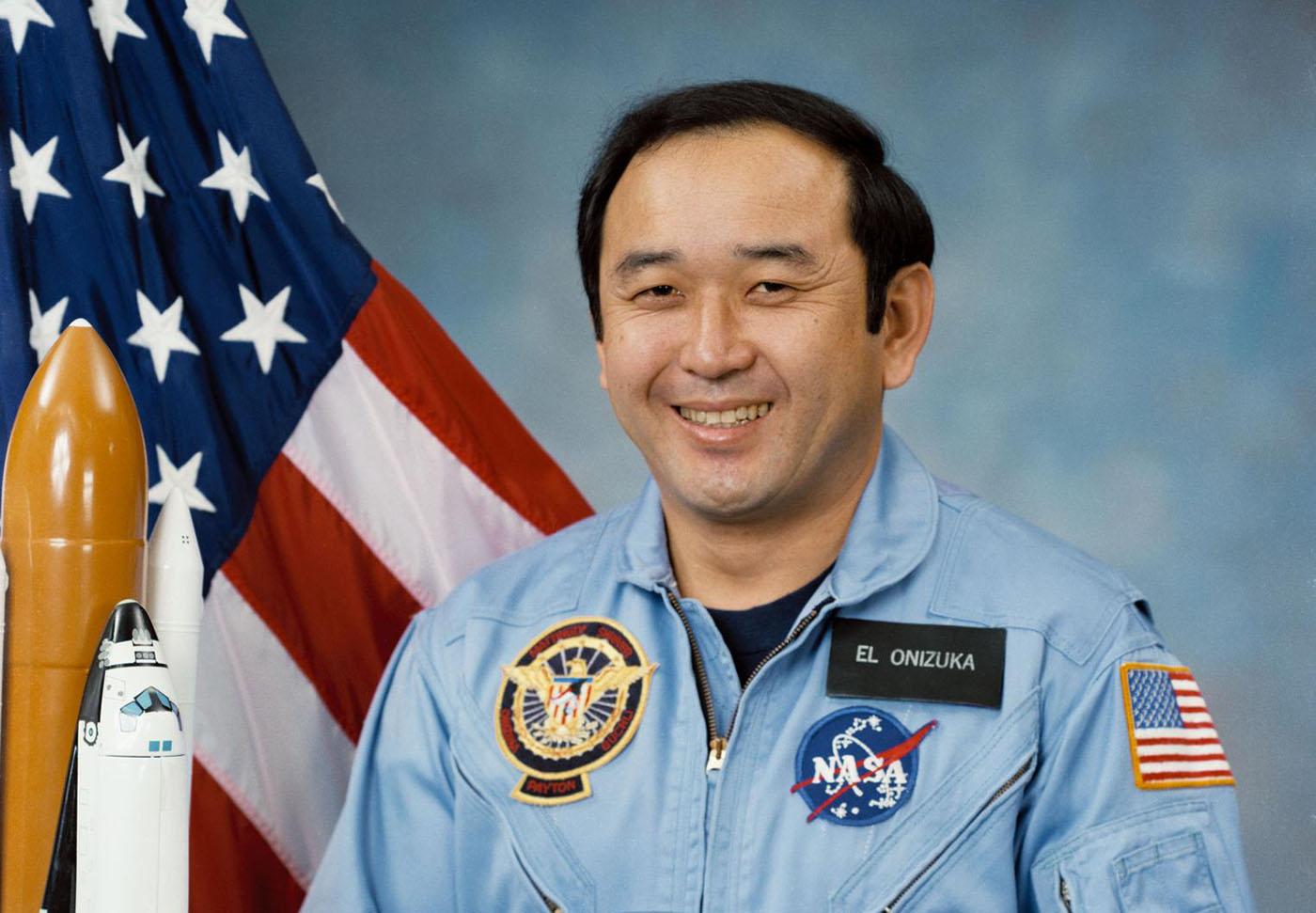 Ellison Onizuka was an Air Force test pilot before joining NASA in 1978. Photo: Courtesy of NASA.
Ellison Onizuka was an Air Force test pilot before joining NASA in 1978. Photo: Courtesy of NASA.
Born in Hawaii to parents of Japanese descent, Ellison Onizuka became the first Asian American in space in 1985. He got his start as a test pilot for the U.S. Air Force. He died on his second mission at age 39, in the Challenger disaster of 1986.
Franklin Chang-Diaz and Jerry Ross
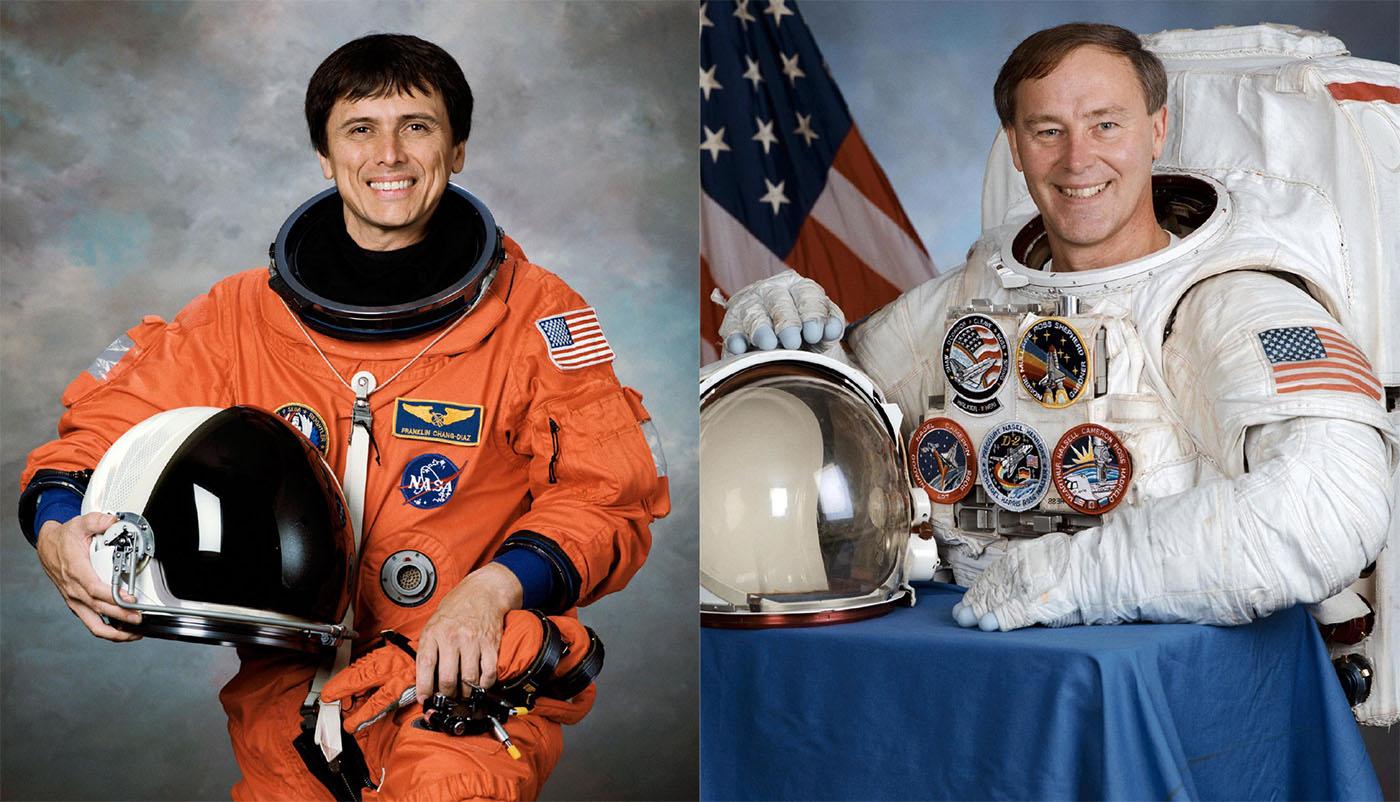 Franklin Chang-Diaz and Jerry Ross share a NASA record. Photos: Courtesy of NASA
Franklin Chang-Diaz and Jerry Ross share a NASA record. Photos: Courtesy of NASA
Franklin Chang-Diaz and Jerry Ross are tied for the most spaceflights by NASA astronauts. They’ve both been to space seven times. Ross’s first mission was on the space shuttle Atlantis in 1985. He was with NASA until his retirement in 2012. Chang-Diaz, who is of Costa Rican and Chinese descent, flew his first mission in 1986 aboard the space shuttle Columbia. He retired in 2005.
Kalpana Chawla
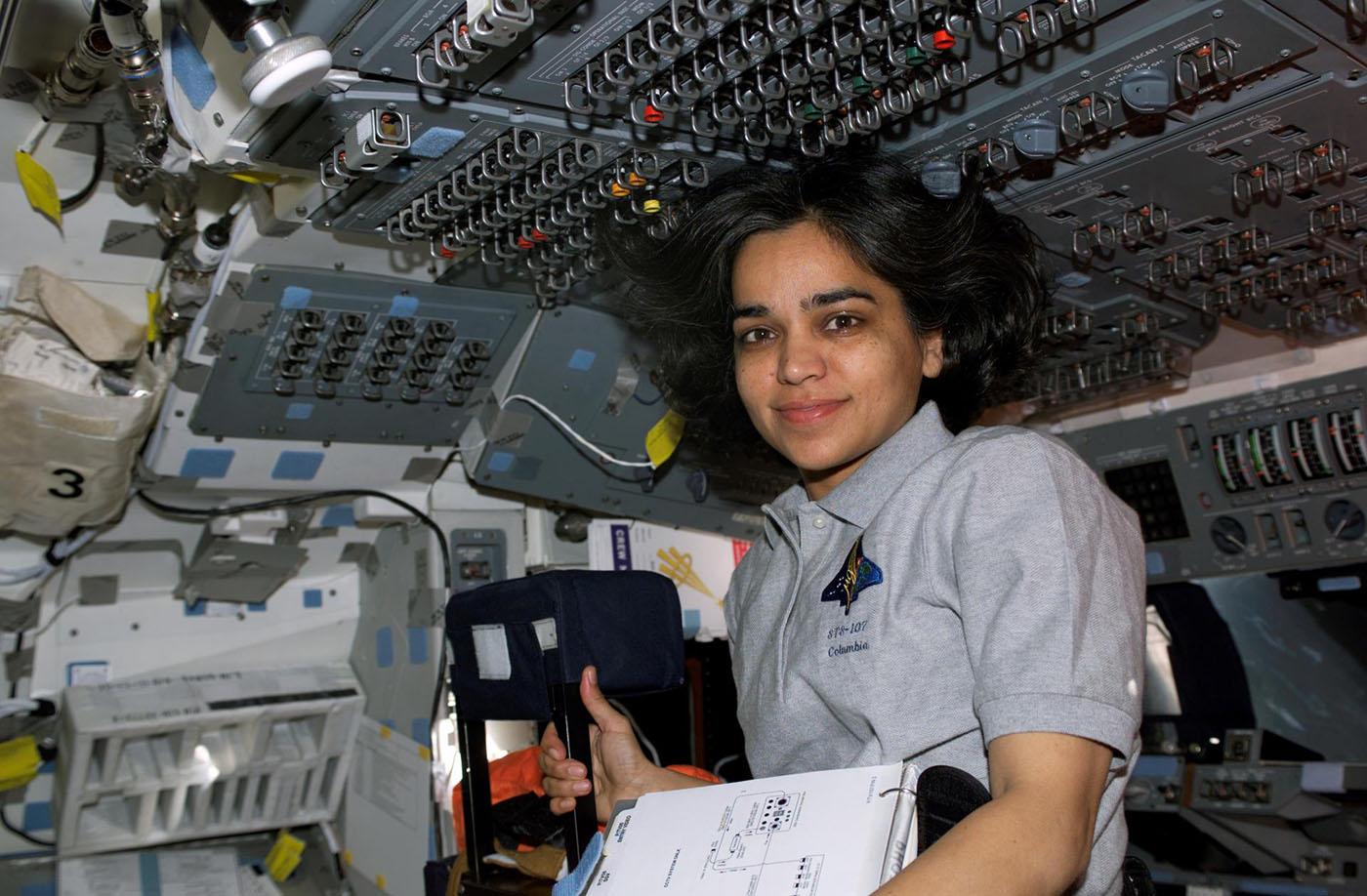 Kalpana Chawla applied for the astronaut corps in 1991 after becoming a U.S. citizen. Photo: Courtesy of NASA
Kalpana Chawla applied for the astronaut corps in 1991 after becoming a U.S. citizen. Photo: Courtesy of NASA
Kalpana Chawla, born in Karnal, India, was the first person of Indian descent to go to space. She moved to the United States in 1982 for graduate school and became a citizen in 1991. Her first mission was aboard the Columbia shuttle in 1997. She died on her second mission in 2002, when the Columbia broke apart upon reentry into Earth’s atmosphere, killing Chawla and her six crewmates.
Mae Jemison
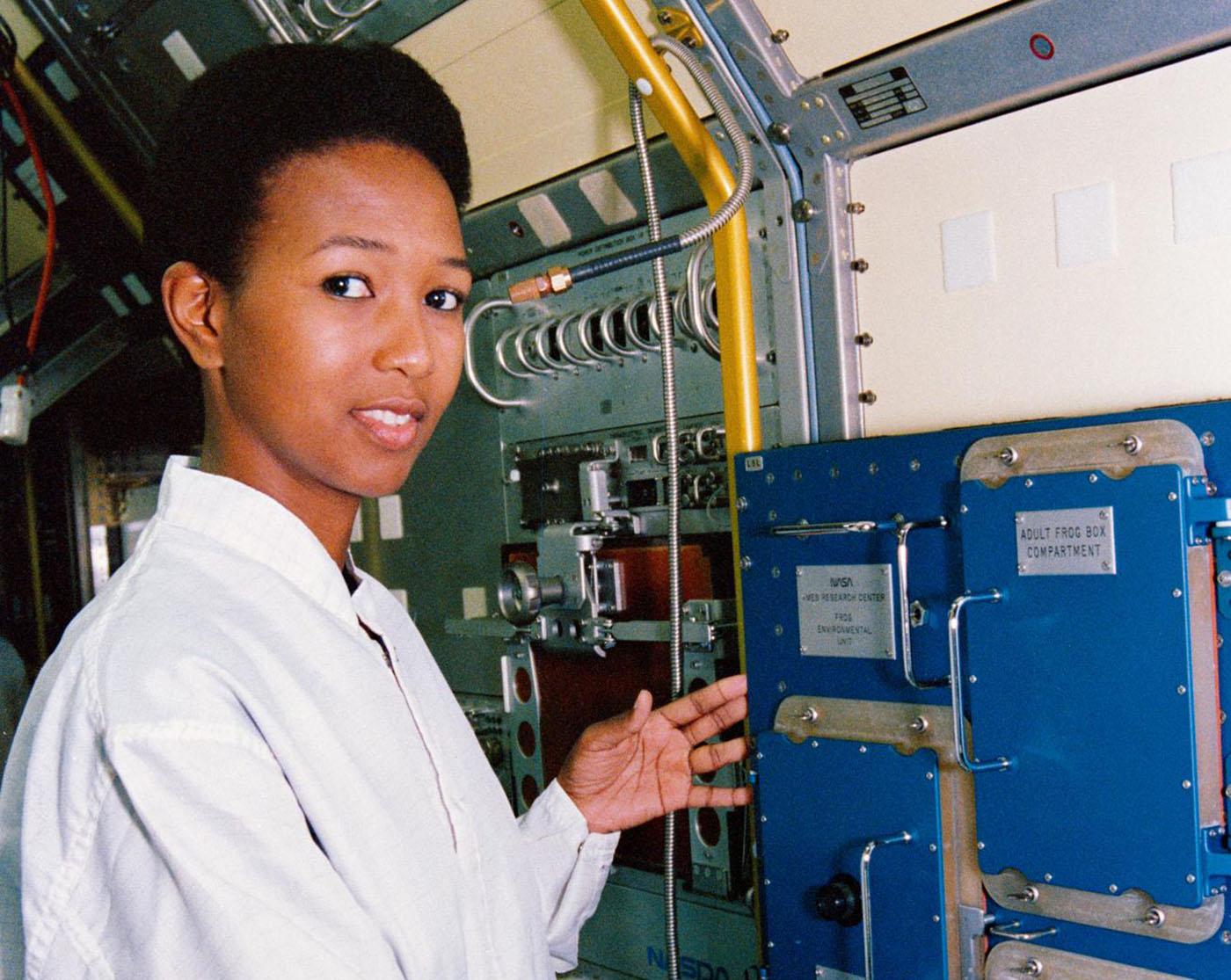 Mae Jemison served as a doctor in the Peace Corps and and worked at the CDC before joining NASA. Photo: Courtesy of NASA
Mae Jemison served as a doctor in the Peace Corps and and worked at the CDC before joining NASA. Photo: Courtesy of NASA
Mae Jemison became the first African American woman in space in 1992, aboard the Endeavor. She was born in Alabama, but grew up in Chicago in the Woodlawn and Morgan Park neighborhoods. She went to Stanford at age 16 and then on to Cornell Medical School. As a private practice doctor, she started taking engineering courses and eventually applied to be an astronaut. She carried a picture of the pioneering African American pilot Bessie Coleman with her on her first mission to space.
Michael López-Alegría
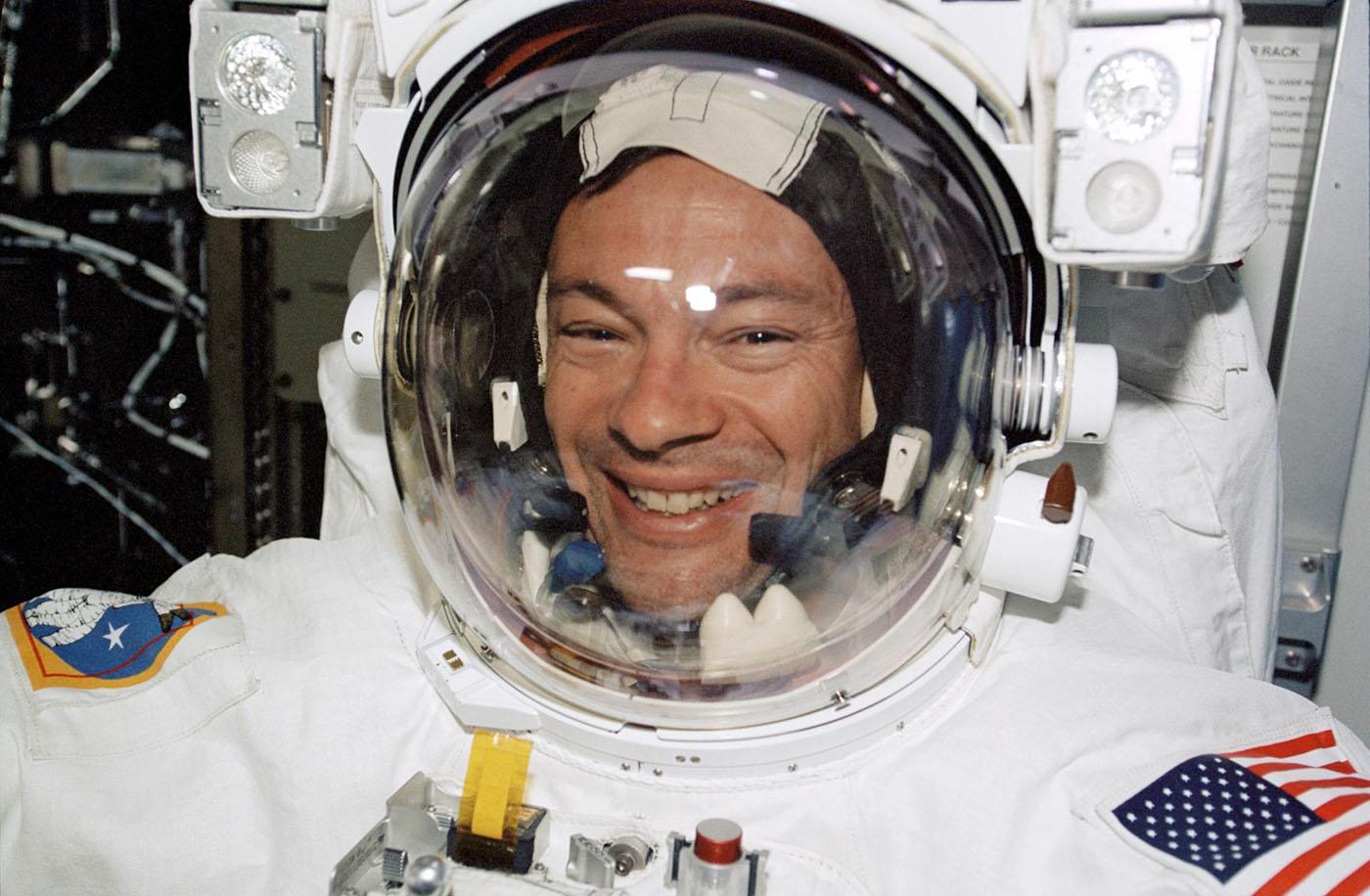 Michael López-Alegría prepares for a spacewalk in 2002. Photo: Courtesy of NASA
Michael López-Alegría prepares for a spacewalk in 2002. Photo: Courtesy of NASA
Michael López-Alegría holds the American record for the most extravehicular activities (EVAs). Born in Madrid and raised in California, he got his start as a Navy pilot. His first NASA mission was in 1995, and he would go on to perform ten spacewalks, for a total of nearly 68 hours outside the spacecraft.
John Herrington
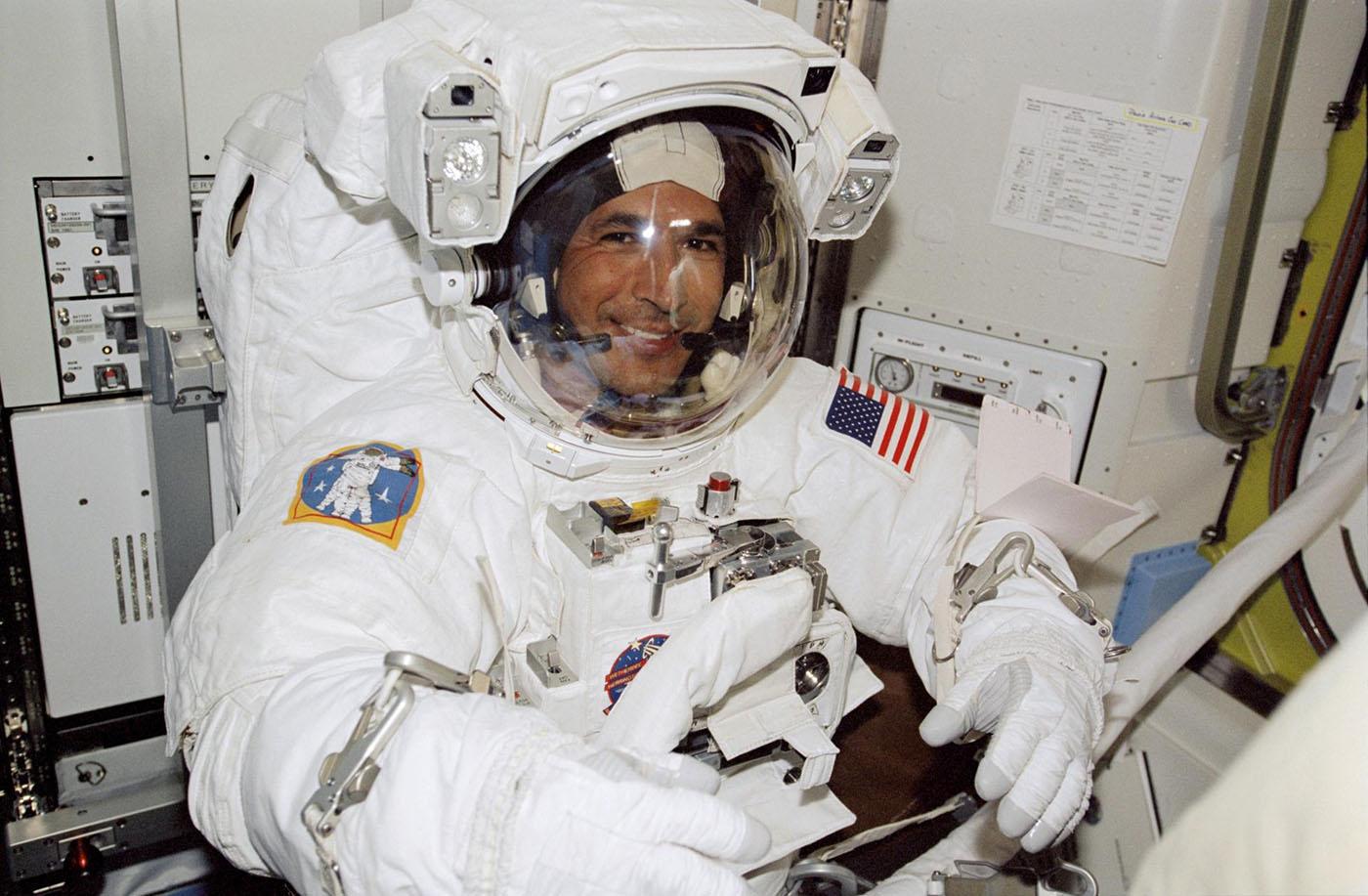 John Herrington took the flag of the Chicksaw Nation, the tribe of which he was a member, on his space flight. Photo: Courtesy of NASA
John Herrington took the flag of the Chicksaw Nation, the tribe of which he was a member, on his space flight. Photo: Courtesy of NASA
As a member of the Chickasaw Nation, John Herrington became the first enrolled member of a Native American tribe to go to space. After a career in the Navy, he joined NASA in 1996 and was selected for a 2002 mission aboard the Endeavor space shuttle. He performed three spacewalks, which are commemorated on the back of the 2019 Sacagawea dollar coin. After flying to space, he went underwater, living and working on the Aquarius underwater laboratory for ten days.
Peggy Whitson
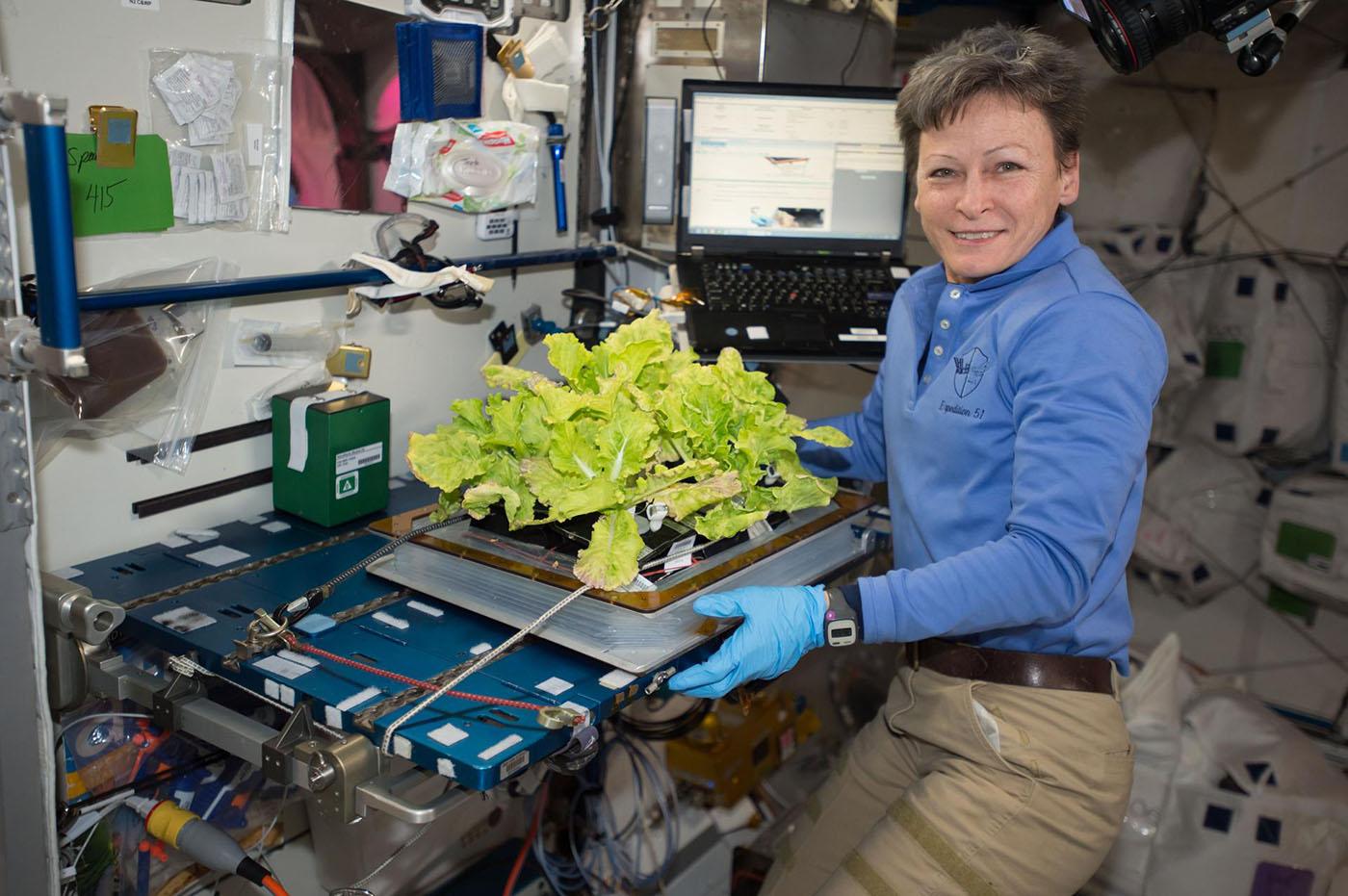 Peggy Whitson, pictured here in 2017, set two records at NASA. Photo: Courtesy of NASA
Peggy Whitson, pictured here in 2017, set two records at NASA. Photo: Courtesy of NASA
Peggy Whitson has worn many hats—and helmets—at NASA. With 665 days in space, she is the record-holder for most cumulative days in space, spread over three long-duration flights. She started as a biochemical researcher at NASA in 1989 and became an astronaut in 1996. Her first spaceflight took her to the International Space Station (ISS) in 2002. She has served both as Chief Astronaut and as commander of the ISS. She also holds the record for most EVAs by any woman, logging more than 60 hours in her ten EVAs.
Scott Kelly
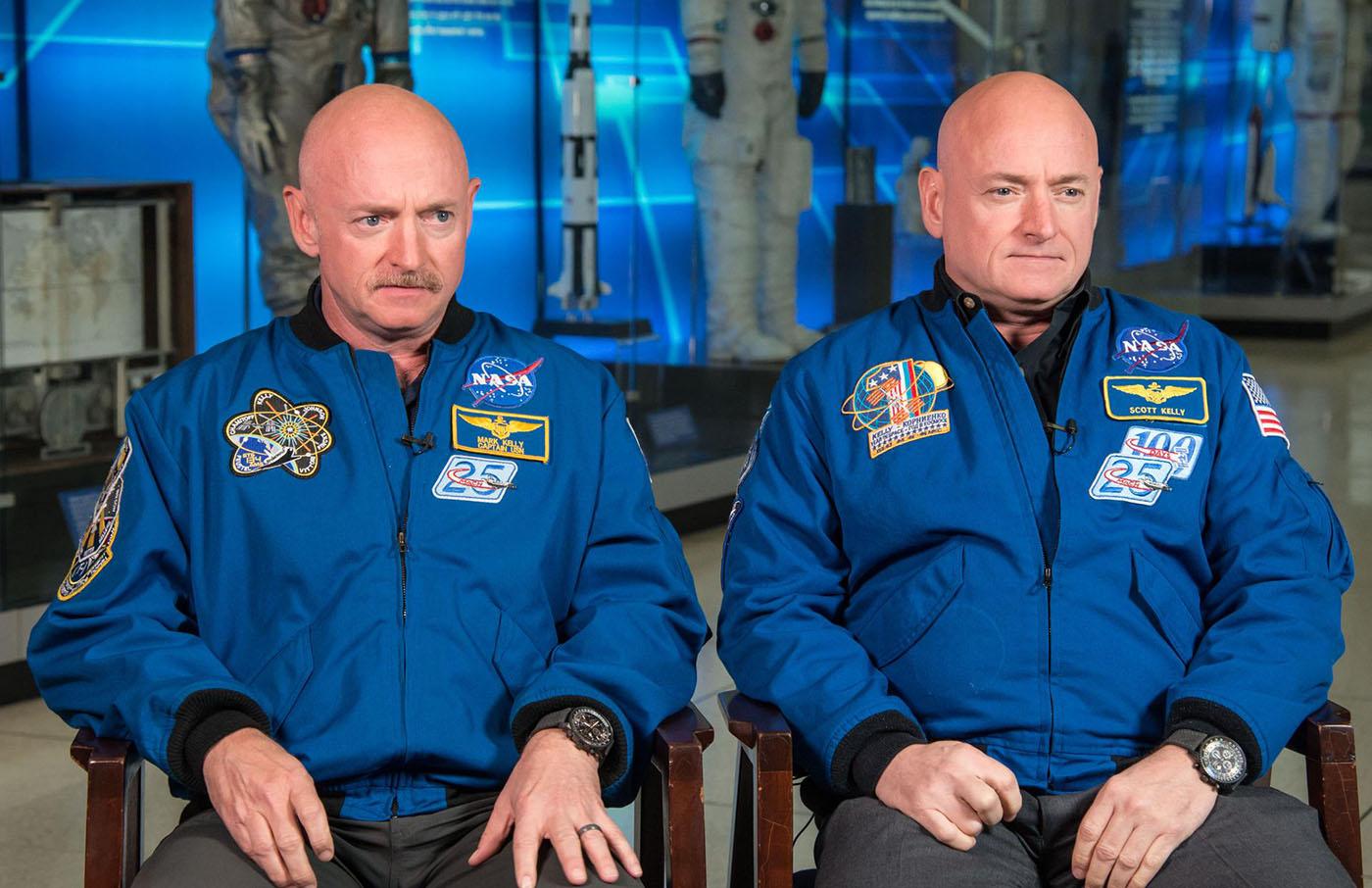 Scott Kelly, right, spent a year in space while and his twin brother and fellow astronaut, Mark, remained on Earth. Photo: Courtesy of NASA
Scott Kelly, right, spent a year in space while and his twin brother and fellow astronaut, Mark, remained on Earth. Photo: Courtesy of NASA
Starting in March 2015, Scott Kelly began a 342-day mission on the International Space Station with Russian cosmonaut Mikhail Kornienko. He set the record for the most consecutive days in space for an American. Kelly’s achievement was designed to study the effects of long-term space travel on the human body. Scott’s twin brother, Mark Kelly (also an astronaut), stayed on Earth so that scientists could compare their genes after Scott’s year in space.




